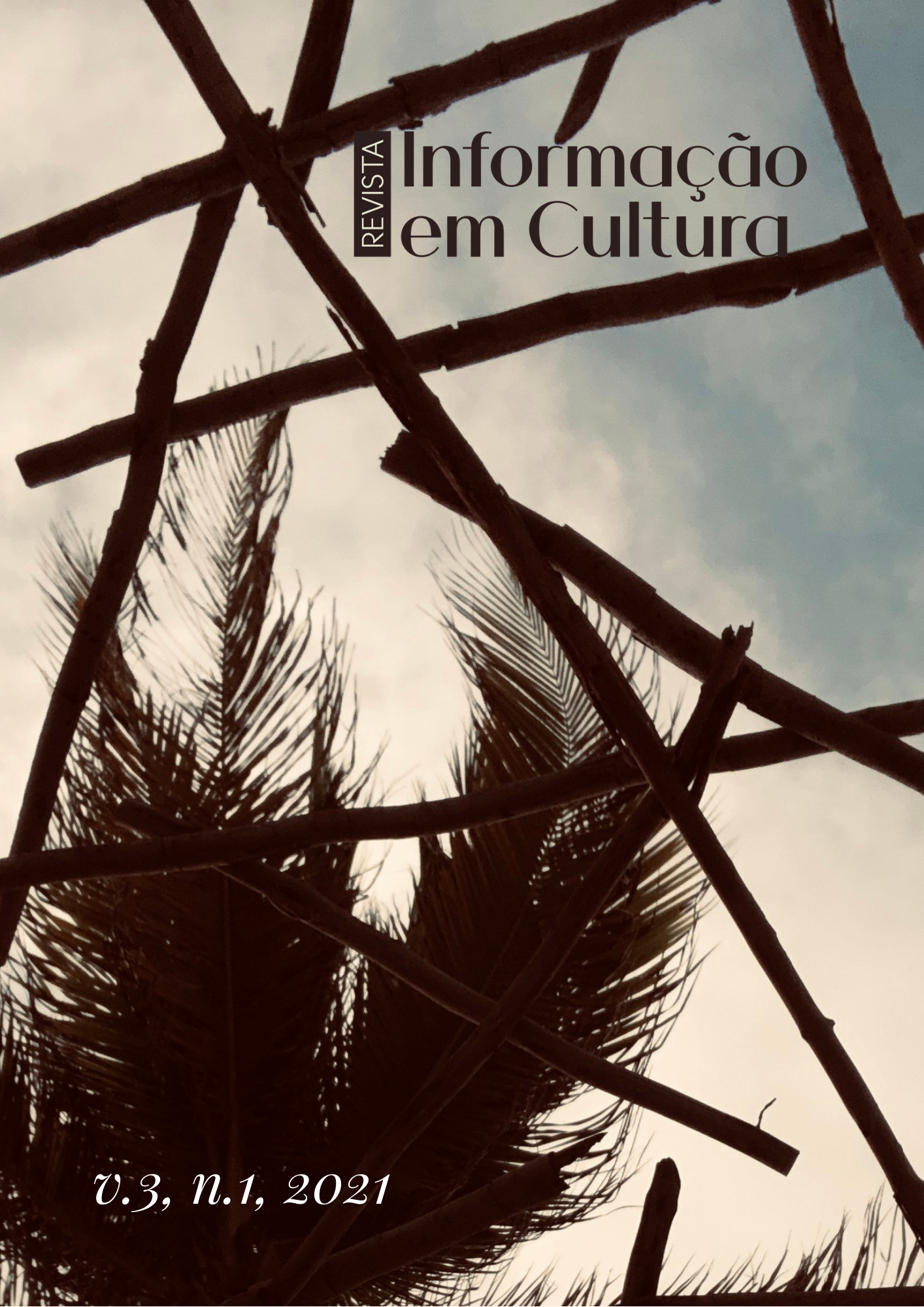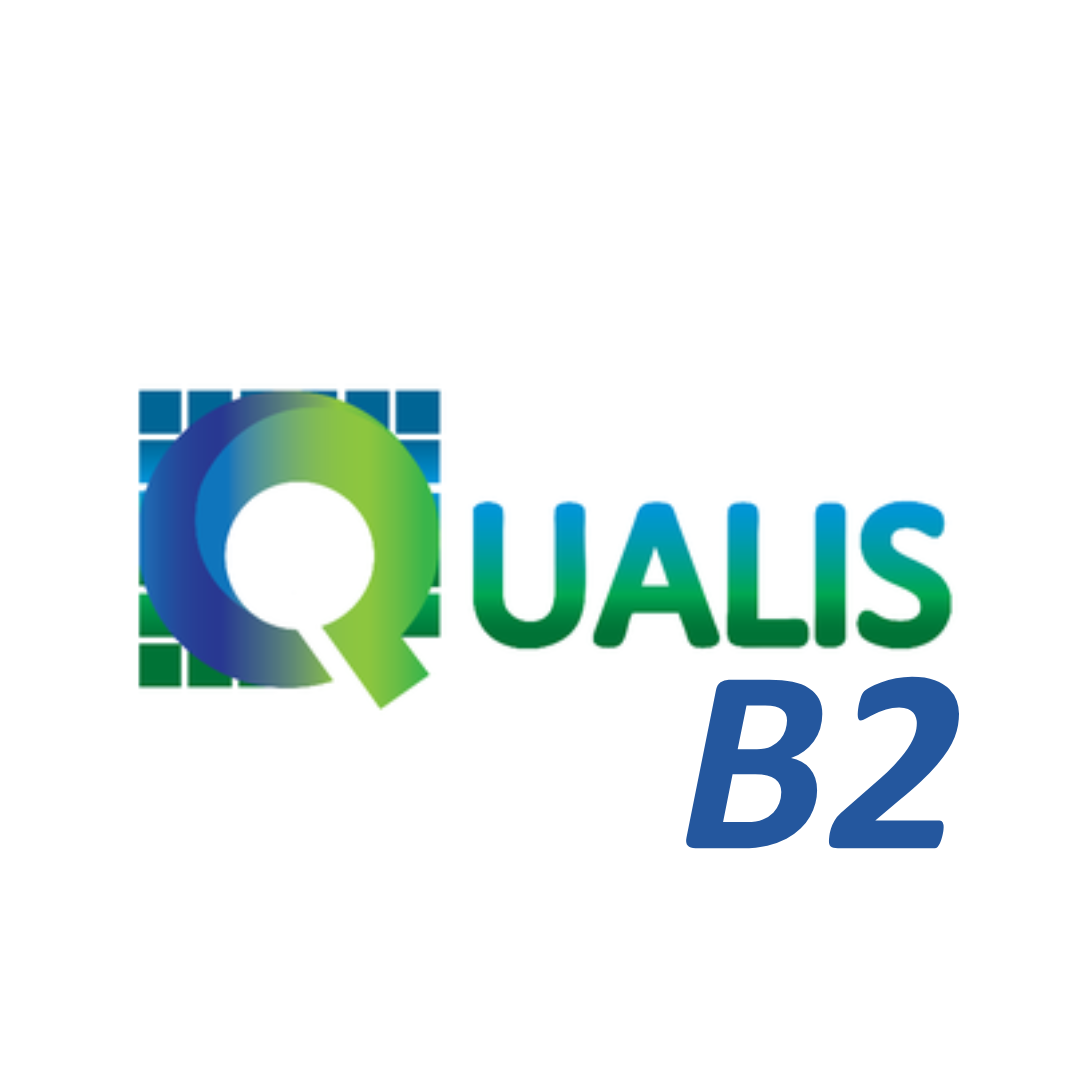SUAP
uma reflexão sobre acessibilidade digital para surdos e deficientes visuais
DOI:
https://doi.org/10.21708/issn2674-6549.v3i1a8596.2021Palavras-chave:
Acessibilidade, Site, Inclusão digital, Aplicativo, Software, Website, Accessibility, Digital inclusion, AppResumo
Português
Este trabalho teve o objetivo de buscar e apresentar as faltas de acessibilidade digital encontradas no Sistema Unificado de Administração Pública (SUAP) e mostrar possíveis soluções para melhorar a utilização do site para alunos surdos e com deficiência visual do IFPB. Constituiu-se de uma pesquisa de cunho qualitativo e descritivo, a partir de entrevista e aplicação de questionário com alunos com deficiência visual e surdos do IFPB. O questionário foi aplicado no campus Campina Grande com 11 alunos, sendo 9 deles surdos e 2 deficientes visuais. Com base nas respostas foram construídos gráficos que mostraram algumas dificuldades enfrentadas ao acessar o SUAP. De acordo com os resultados obtidos com a aplicação do questionário, observou-se que 100% dos entrevistados sentem dificuldades de acessar o SUAP. Com relação ao grau de acessibilidade para deficientes visuais e surdos, 100% dos entrevistados afirmaram que o SUAP possui pouca acessibilidade virtual. Com relação a frequência de utilização do SUAP, 63,6% dos entrevistados afirmaram que utilizam regularmente, 27,3% utilizam com pouca frequência e 9,1% utilizam com muita frequência. Para ocorrer as mudanças necessárias e tornar o site acessível, foram apresentados alguns softwares que podem promover essa acessibilidade de forma eficiente e qualificada para surdos e deficientes visuais. Com isso, as informações levantadas na pesquisa se fizeram importantes, permitindo verificar que o mercado se preocupa em criar softwares que facilita a comunicação de pessoas deficientes visuais e surdos ao ambiente virtual podendo torná-las mais produtivas e incluídas na sociedade podendo estes serem caminhos para tornar o SUAP mais acessível.
Inglês
This work had the objective of searching and presenting the lack of digital accessibility found in the Unified Public Administration System (SUAP) and showing possible solutions to improve the use of the website for IFPB deaf and visually impaired students. It consisted of a qualitative and descriptive research, based on an interview and a questionnaire with visually impaired and deaf students from the IFPB. The questionnaire was applied at Campina Grande campus with 11 students, 9 of them deaf and 2 visually impaired. Based on the answers, graphs were constructed that showed some difficulties faced when accessing SUAP. According to the results obtained with the application of the questionnaire, it was observed that 100% of the interviewees feel difficult to access SUAP. Regarding the degree of accessibility for the visually impaired and deaf, 100% of respondents stated that SUAP has little virtual accessibility. Regarding the frequency of use of SUAP, 63.6% of respondents said they use it regularly, 27.3% use it infrequently and 9.1% use it very frequently. In order to make the necessary changes and make the site accessible, some software was presented that can promote this accessibility in an efficient and qualified way for the deaf and visually impaired. With this, the information gathered in the research became important, allowing to verify that the market is concerned with creating software that facilitates the communication of visually impaired and deaf people to the virtual environment and can make them more productive and included in society, which can be ways for make SUAP more accessible.





